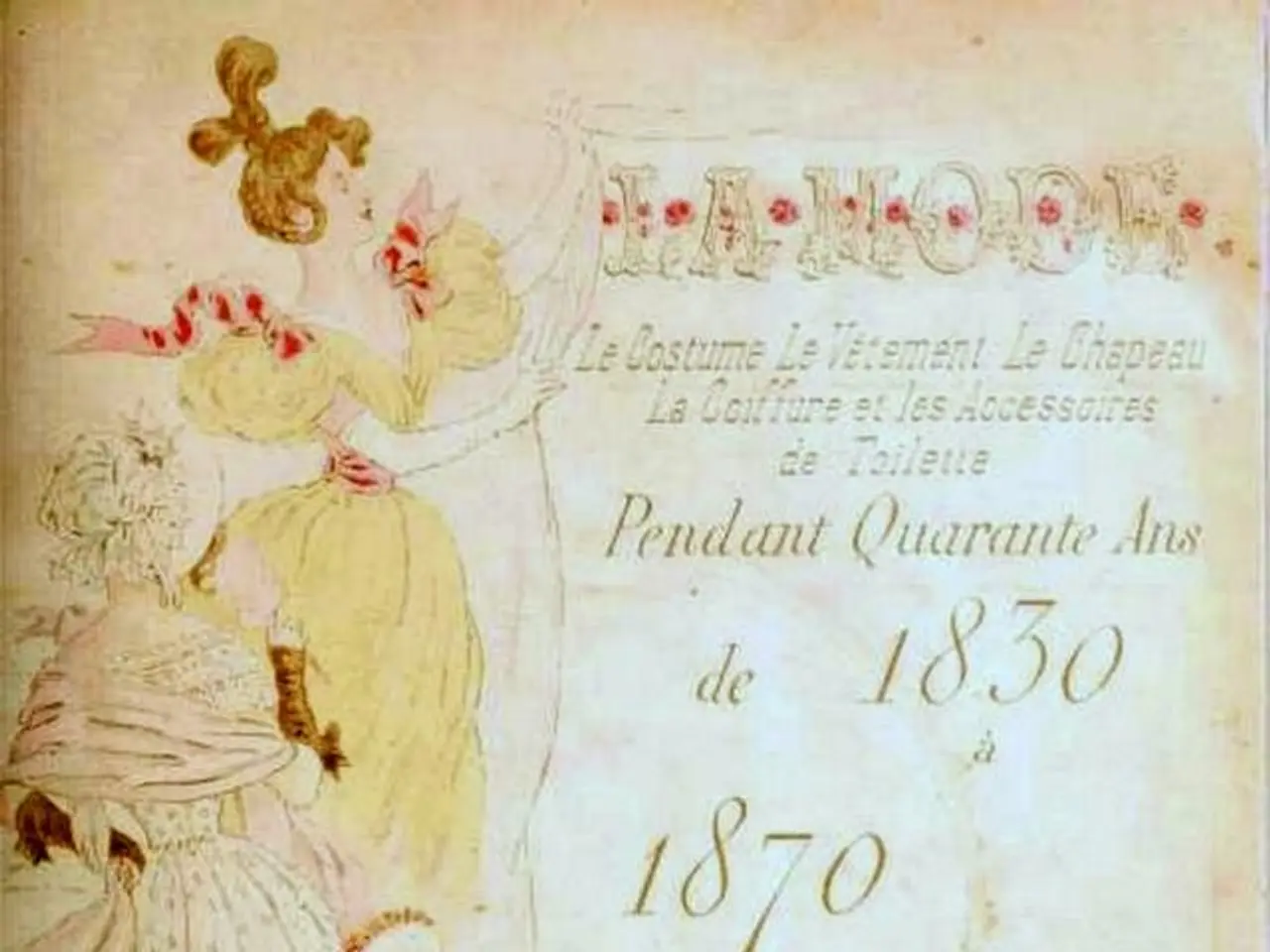Varieties of Personal Gender Identification: Explanations and Descriptions
Understanding the Spectrum of Gender Identities
Gender, traditionally described in terms of femininity and masculinity, is no longer confined to the binary of male and female. A growing recognition of the complexity and diversity of gender identities has led to a shift in understanding, with gender now seen as a spectrum that encompasses a wide variety of experiences.
This spectrum includes identities that fall within the traditional binary, such as male and female, as well as those that exist outside of it. One such identity is agender, where individuals do not identify with any gender, or they may see themselves as genderless or neutral. Another is non-binary (NB), an umbrella term for gender identities outside the male/female binary, including identities that blend, reject, or exist between these categories.
Non-Binary Identities
Individuals who identify as non-binary may experience their gender as fluid, shifting over time, or they may have a stable gender identity that does not fit within the traditional binary. Examples of non-binary identities include genderqueer, which rejects fixed categories and embraces fluid or multiple identities, and genderfluid, where an individual's gender identity and presentation shifts between, or shifts outside of, society's expectations of gender.
Other non-binary identities include bigender, trigender, and polygender, where individuals experience two, three, or multiple genders, either simultaneously or varying over time. Demigender (e.g., demiboy, demigirl), on the other hand, refers to partially identifying with a particular gender to a certain degree but not fully. Intergender is an identity between male and female, or blending both, while neurois is a non-binary identity that is neutral or null with respect to gender, sometimes described as genderless.
Gender Non-Conforming Identities
Individuals whose gender expression does not align with conventional expectations associated with their assigned sex are often referred to as gender non-conforming (GNC). This can include those who present in a way that is traditionally associated with the opposite gender, as well as those who present in a way that challenges traditional gender norms.
Expanding Understanding of Gender
The spectrum framework for understanding gender recognizes that individuals may experience gender as stable, shifting, or undefined, blending elements from multiple identities or existing entirely outside traditional categories. This expansive understanding allows for culturally specific identities, such as fa’afafine in Samoa, Hijra in South Asia, and Two Spirit in Indigenous Native American communities.
The term Trans is a more inclusive term that covers those who identify as nonbinary and those who are genderless. It encompasses all people who experience and identify with a different gender than that which their assigned sex at birth would suggest. The term queer was historically used as a slur but is now sometimes reclaimed by some people.
In conclusion, the spectrum of gender identities reflects evolving societal, medical, and psychological recognition that gender is complex, deeply personal, and not strictly limited to two categories. This understanding facilitates greater inclusion and understanding of the diverse ways people experience gender.
- In the spectrum of gender identities, the term 'non-binary (NB)' refers to individuals whose gender identity falls outside the traditional male/female binary, encompassing identities like 'genderqueer', 'genderfluid', 'bigender', 'trigender', 'polygender', 'demigender', 'intergender', 'neurois', and others who exist between or beyond these categories.
- The concept of 'agender' is a non-binary identity where individuals do not identify with any gender or see themselves as genderless or neutral, contrasting with those who identify as 'male' or 'female'.
- Expanding medical, psychological, and societal understanding is crucial in embracing diverse gender identities, such as how 'Trans' individuals identify with a different gender than their assigned sex at birth, or the culturally specific identities like 'Two Spirit' in Indigenous Native American communities, 'fa’afafine' in Samoa, and 'Hijra' in South Asia that challenge traditional gender constructs.




